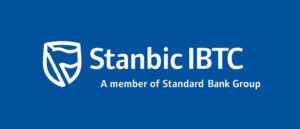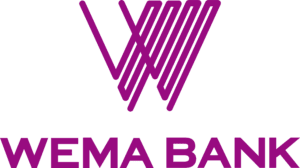
Naira depreciates despite increase in FX flow — Report
The Naira has continued to depreciate at the official and parallel markets despite the increase in foreign exchange inflows into the economy in the second quarter of 2022.
The latest quarterly statistical bulletin of the Central Bank of Nigeria (CBN) shows that total FX inflow into the Nigerian economy increased to $19.5 billion in the second quarter of 2022 from $18.4 billion in the Q1.
Meanwhile, the Naira has depreciated by about 5 per cent year-to-date to N443 per dollar on the Nigerian Autonomous Foreign Exchange Fixing window as at the end of last month.
A sharper depreciation of almost 30 per cent on the parallel market has led to a widening of the premium between the official and parallel market rates, Tunde Abidoye, head of equity research team at FBNQuest said.
On a Year-on-Year basis, the total FX inflow into the economy also increased by 6 per cent y/y. The quarter-on-quarter increase is the first after two consecutive quarters of decline, according to a report by the FBNQuest.
An investment banker prefers to remain anonymous, said the increase in FX inflow has not reflected on the exchange rate because of FX backlog.
The overall FX flow was split into inflows from autonomous sources and the CBN at $10.7 billion and $8.8bn or respective shares of 55 per cent and 45 per cent.
The Head of Tax and Corporate Advisory Services at PwC, Taiwo Oyedele, said exchange rate stability is a function of demand and supply.
“We have pent-up forex demand, which continues to increase both for legitimate needs, on one hand, as well as illicit and speculative reasons. Despite the marginal increase in foreign exchange inflows, it is not sufficient to meet the forex demand hence the sustained depreciation of the Naira,” he said.
In contrast, total forex outflow from the economy was flat at $11.0bn q/q (-5 per cent y/y). Combined, the data implies net FX inflow of about $8.5 billion, and is the fourth lowest since Q4 2016, the report said.
FX inflow through the CBN increased by 15 per cent quarter-on-quarter (q/q). The main drivers were increases of 70 per cent and 117 percent q/q in FX inflow from oil and the CBN’s swap positions to $2.5 billion and $2.3 billion respectively. A 26 per cent q/q increase in inflows from Treasury Single Account and third-party funds to $2.7bn also contributed.
At $8.5 billion, FX outflows through the CBN nearly equalled inflows, implying a positive net inflow of $316 million as opposed to a negative net outflow of $802 million in the prior quarter.
“That said, it is clear from the data that FX inflow to the CBN is yet to recover to pre-covid levels. For instance, during the eight quarters that preceded Q1 ‘20, right before the pandemic, FX inflow to the central bank averaged USD14.3bn. Consequently, this highlights the magnitude of the foreign exchange liquidity challenge that the bank must deal with,” analysts at FBNQuest said.



